
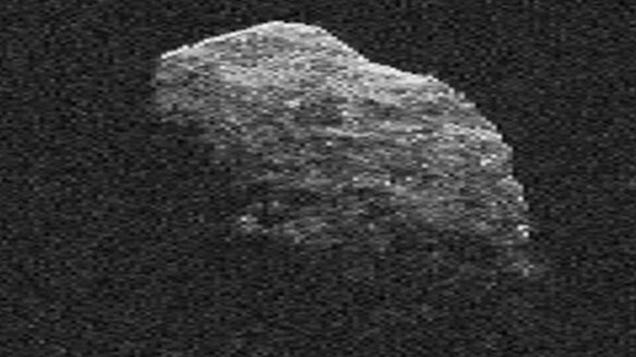
In about five years’ time, a potentially hazardous asteroid will swing by Earth at an eerily close distance of less than 20,000 miles (32,000 kilometers). During this rare encounter, Apophis will be ten times closer to Earth than the Moon and scientists want to take full advantage of its visit.
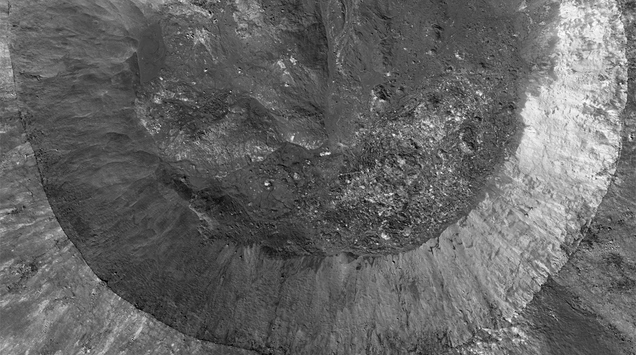
For nearly a decade, a near-Earth asteroid named Kamo’oalewa has invoked speculation over how it came to orbit the Sun in total synchrony with Earth as though it shares some special relationship with our planet. A new study of the oddball may have pinpointed where it came from: a young impact crater on the far side of…
In September 2022, a NASA spacecraft smashed into a tiny asteroid to nudge it off its orbital course.
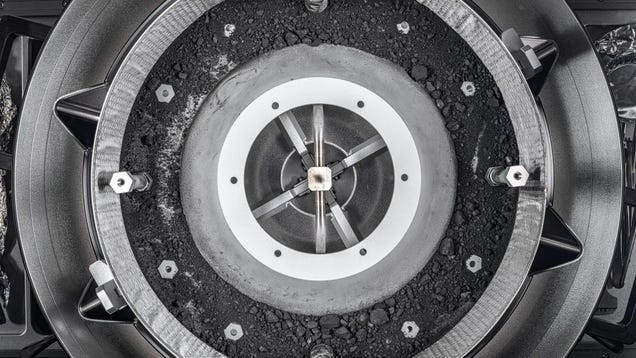
After months of frustration, NASA finally got the Bennu asteroid sample container open in January, revealing the large amounts of asteroid scooped up by the OSIRIS-REx spacecraft.
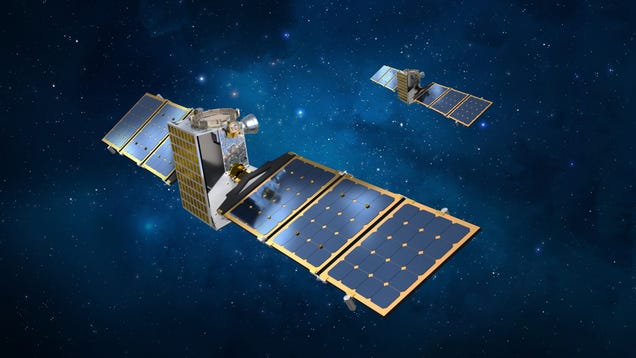
Asteroid 99942 Apophis is fast approaching our home planet for an uncomfortably close encounter in 2029. In order to prepare for the rare event, NASA is calling for ideas for low cost missions to rendezvous with Apophis, but the space agency already has a pair of asteroid probes ready to take on the task.
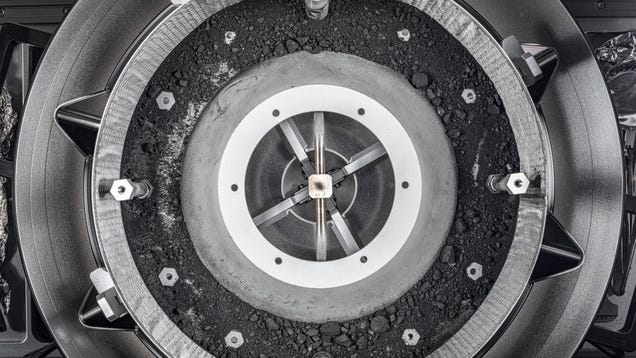
The aluminum canister containing bits of an ancient space rock has finally been opened, revealing the bulk of the asteroid Bennu sample in all its glory.
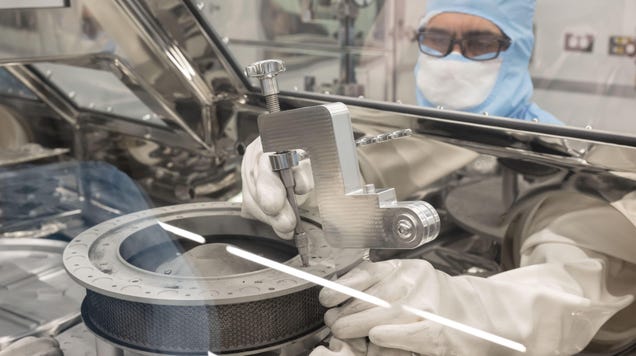
After months of fidgeting with a canister that contained rocky samples from an ancient asteroid, NASA engineers have finally removed two stubborn fasteners that appeared to be preventing the space agency from collecting the full amount of Bennu’s debris.
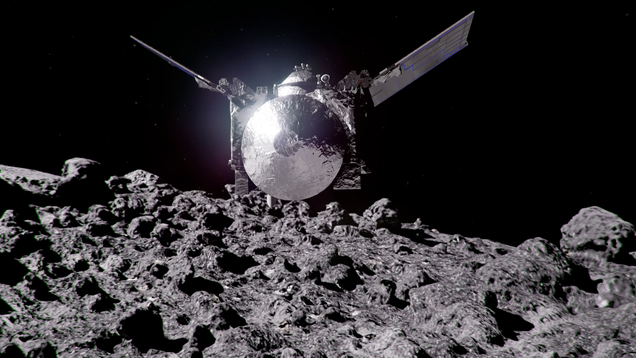
New mission, who dis? The spacecraft formerly known as OSIRIS-REx had an impromptu close encounter with the Sun as it follows a newly crafted route to a second asteroid, using one of its solar arrays for shade.

